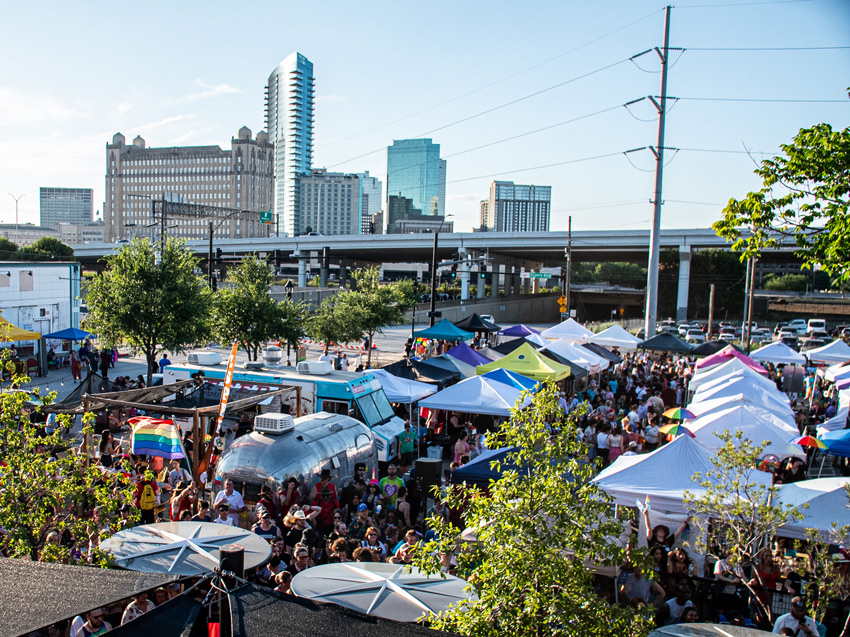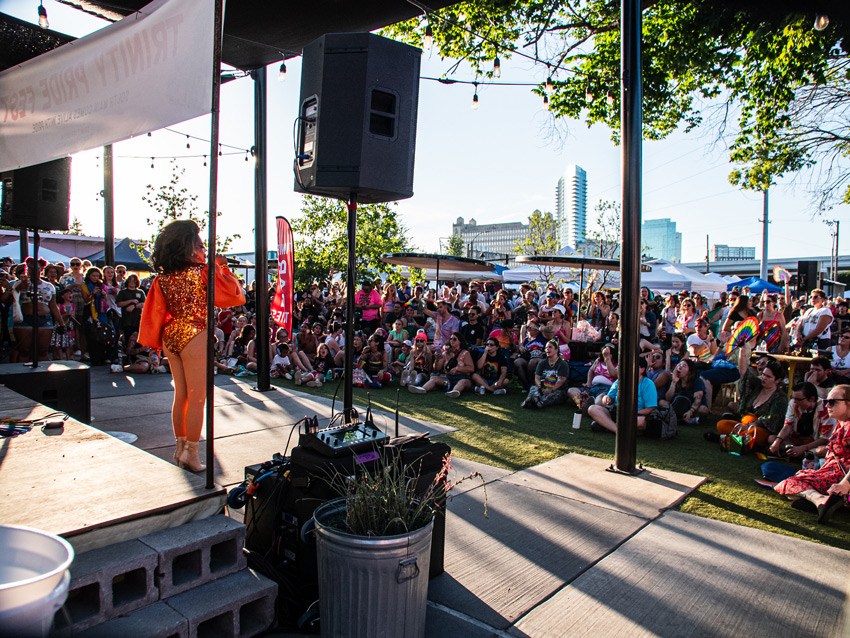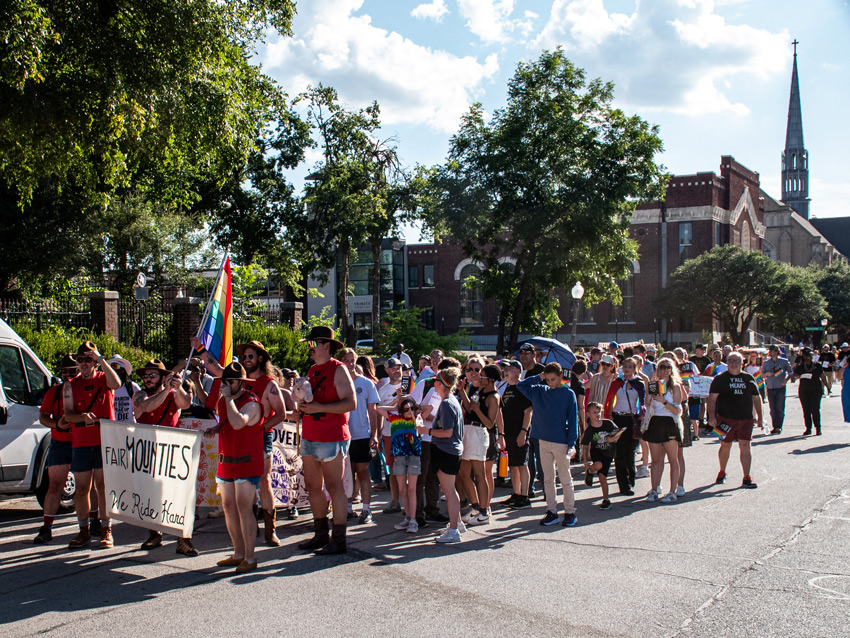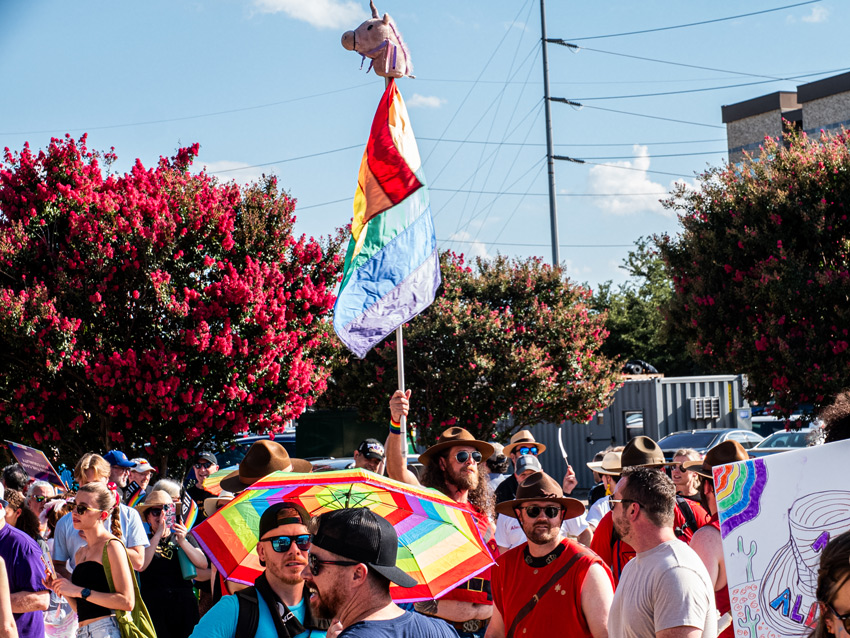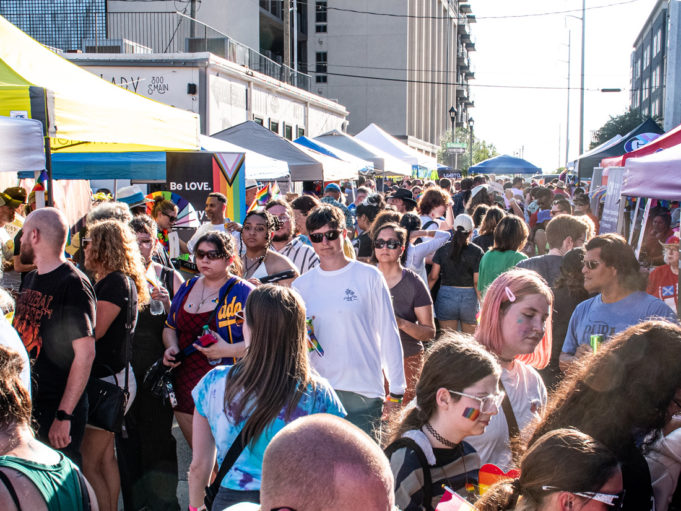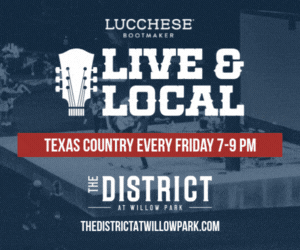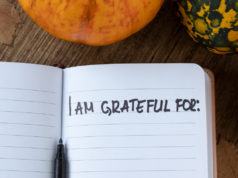On June 28, thousands gathered for Trinity Pride Fest, celebrating LGBTQIA+ identity, community, and solidarity.
Media coverage, including my own, reported “hundreds.”
Trinity Pride Fest President Roger Calderon estimates attendance at nearly 7,000 within the festival area using multiple data gathering methods:
- 6,900 devices tracked by Placer.ai, a location analytics platform, at 7pm (may include nearby residents)
- 4,703 volunteer-logged check-ins (1,700 pre-registered; excludes 30-minute outage; overlap with Placer.ai data)
- 425+ additional participants (300+ marchers; ~125 staff/volunteers; not included in Placer.ai data)
- Does not include performers or Pride-partner employees
These are rough estimates. A full data analysis is still in progress.
But, effectively, thousands were erased from the public narrative at a time when queer visibility and support are vital.
Across the country, LGBTQIA+ presence is being legislated out of schools, libraries, and public records. This festival was the community’s chance to remind the world they exist and they matter. And they did, en masse, with smiles.
I was there. Boots on the ground. Camera in hand. Shoulder-to-shoulder on South Main Street, surrounded by festivalgoers.
So, how did I get it wrong?
It was my second photojournalism assignment. I wanted to be professional. To get it right. Never having estimated crowd sizes, I deferred to other coverage for reference.
Outlets I deemed more reliable than myself estimated “hundreds.” Hundreds didn’t feel right, but I echoed it, thinking I was being thorough by cross-referencing. By agreeing.
After my original story was published, the community was quick to call out the attendance discrepancy. As they should have, and I’m grateful they did.
But one comment stuck out. It was on another outlet’s post with the same underestimate.
“Dwindling numbers, love to see it.”
This commenter wasn’t at Trinity Pride. The media were their only reference. Misleading footage and that low estimate emboldened them to dismiss the LGBTQIA+ turnout as insignificant when in reality it flourished. I can’t help but worry how many others had their prejudices validated the same way from collective misrepresentation.
Empathy and intrinsic worth shouldn’t have to be earned through numbers, but when discrimination hides behind utilitarianism, every attendee becomes an act of resistance.
In being unsure of myself, I also silenced thousands.
Erasure isn’t always loud. It isn’t always book burnings and restrictive laws.
Sometimes it’s quiet, like journalists providing inaccurate crowd sizes or deferring to legacy media instead of connecting with the community.
But loud or quiet, erasure still results in people being erased. I’m sorry I was complicit in it. I’m more sorry about how easy it can be.
Ultimately, as James Baldwin said: “A writer is by definition a disturber of the peace. He has to be.”
If I do write again, I won’t make the same mistake of being agreeable. The world doesn’t need more writers keeping the peace. It needs writers breaking it for the dignity of others.
This column reflects the opinions of the editorial board and not the Fort Worth Weekly. To submit a column, please email Editor Anthony Mariani at Anthony@FWWeekly.com. He will gently edit it for clarity and concision.
